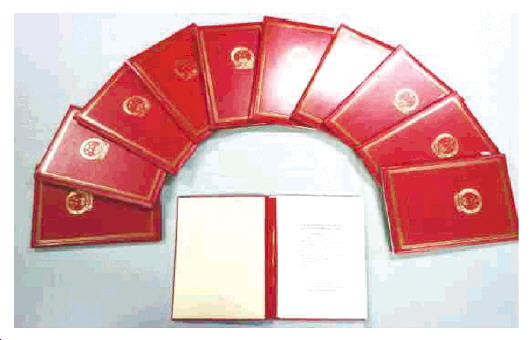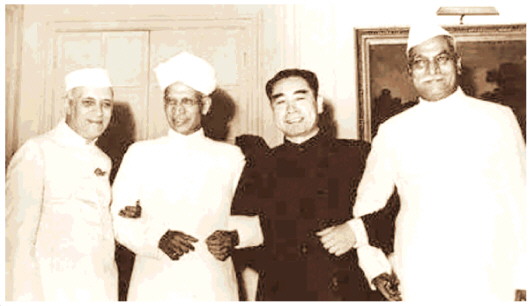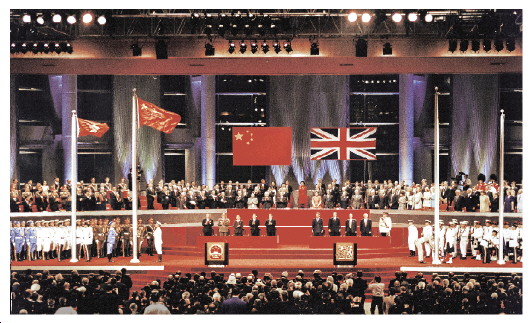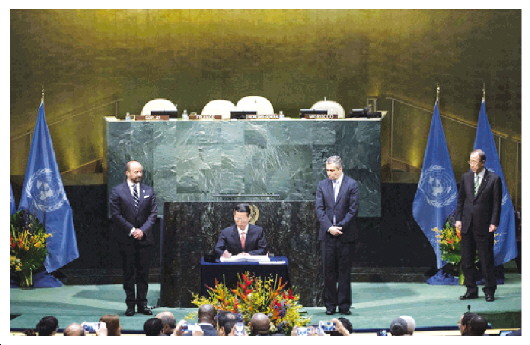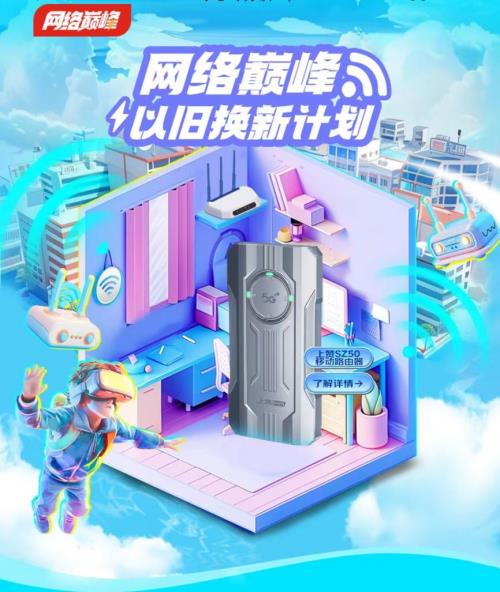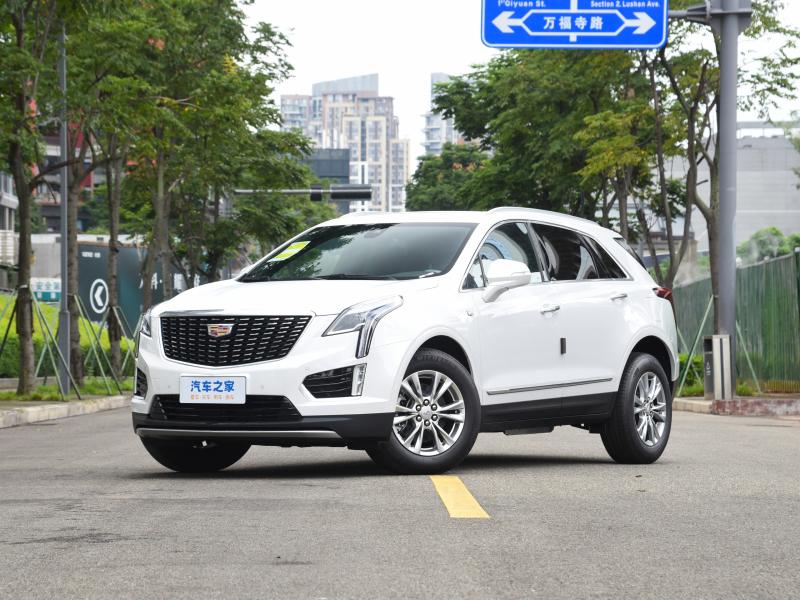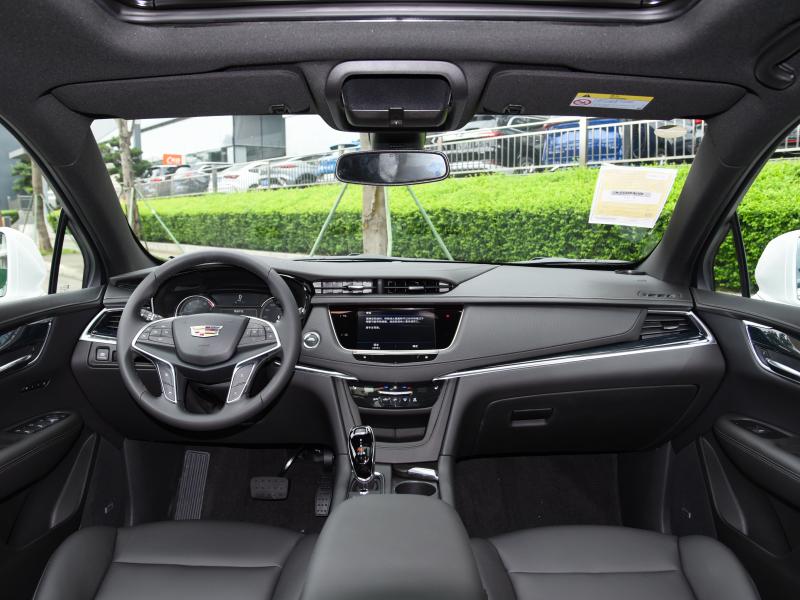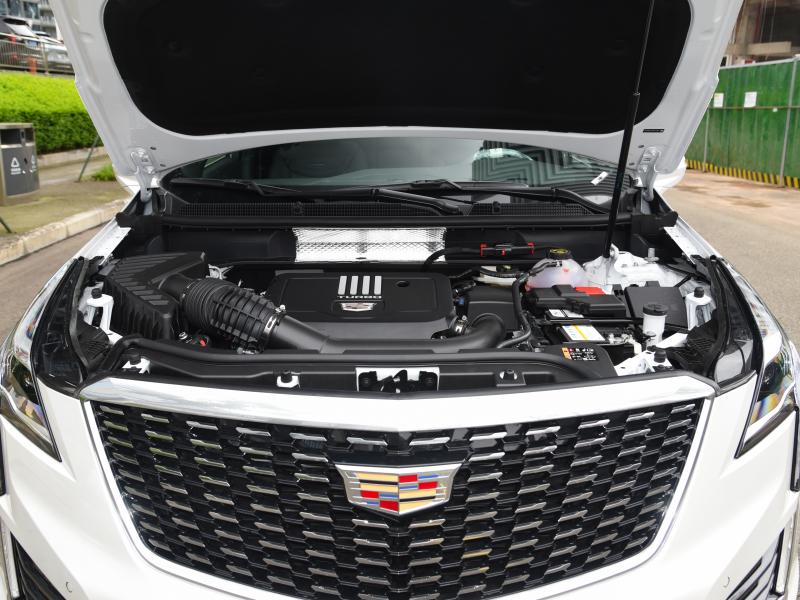The people’s governments of all prefectures and cities, the Administrative Committee of Central Yunnan Industrial New District, and the relevant departments directly under the provincial government:
The Implementation Plan for Resolving the Contradiction of Serious Overcapacity is hereby printed and distributed to you, please implement it carefully.
Yunnan Provincial People’s Government
4 May 2014
Implementation plan for resolving the contradiction of serious overcapacity
Resolving the contradiction of serious overcapacity is the focus of promoting industrial restructuring at present and in the future, and it is also an important task to accelerate industrial upgrading in our province, improve the quality and level of economic development, promote scientific development, and realize the goal of building a well-off society in an all-round way in synchronization with the whole country. According to the spirit of "Guiding Opinions of the State Council on Resolving the Contradiction of Serious Overcapacity" (Guo Fa [2013] No.41), in order to resolutely implement the relevant national requirements, effectively solve the outstanding problems existing in the steel, cement, electrolytic aluminum and flat glass industries in our province, prevent new contradictions, promote the sustained and healthy development of the industry and promote the adjustment of industrial structure, this implementation plan is specially formulated.
First, the overall thinking and objectives
(A) the overall thinking
Eliminate backward production capacity and adjust and optimize the structure. Decompose and implement the annual target of eliminating backward production capacity, encourage the accelerated elimination of backward production capacity, and guide enterprises to voluntarily withdraw from industries with serious overcapacity. Promote the merger and reorganization of enterprises, support and cultivate the development and growth of excellent and strong enterprises. On the premise of strictly controlling the total amount, we will promote the adjustment and optimization of industrial layout in an orderly manner.
Undertake industrial transfer, green and efficient development. Give full play to the rich advantages of clean energy and resources in our province, actively undertake industrial transfer, and deploy to areas with abundant hydropower and large environmental capacity with the strictest energy-saving and emission-reduction standards and the most advanced technology, so as to realize efficient industrial development, eco-environmental friendliness and obvious social benefits.
Expand border opening and broaden market space. Take advantage of the State Council’s policy of speeding up the development and opening up of border areas, give play to our geographical advantages of being close to Southeast Asia and South Asia, encourage enterprises to go abroad, and strive to use overseas resources and develop the markets of neighboring countries.
(II) Main objectives
Through five years’ efforts, important progress has been made in resolving the contradiction of serious overcapacity:
The scale of production capacity is basically reasonable. The total production capacity of steel, cement, electrolytic aluminum and flat glass industries is compatible with environmental bearing capacity, total energy consumption, market demand and resource guarantee, and its advantages are obviously brought into play, and the capacity utilization rate has reached a reasonable level.
The quality of development has improved significantly. Industrial concentration has been significantly improved, the level of clean production and comprehensive utilization of resources has been significantly improved, economic benefits have been significantly improved, and core competitiveness has been significantly enhanced.
Second, the main task
(a) it is forbidden to build new capacity projects.
Strictly implement the provisions and requirements in Document No.41 [2013] of Guofa, and strengthen the project management of industries with serious overcapacity. All localities and departments are not allowed to approve and record new capacity projects in industries with serious overcapacity in any name or in any way. Relevant departments and institutions are not allowed to handle land supply, energy assessment, environmental assessment approval and new credit support, or arrange land use indicators. It is strictly forbidden to provide land space for new capacity projects in industries with serious overcapacity through revision and adjustment of planning, or go through land use approval procedures.
(2) Classify and properly handle illegal projects under construction.
The people’s governments of the prefectures and cities are responsible for comprehensively finding out the capacity scale, technical equipment level of steel, cement, electrolytic aluminum and flat glass within the administrative area, and the basic situation of projects under construction and proposed. Carefully control the requirements of land management, environmental protection, investment management, safety supervision, quality supervision and other laws and regulations, and judge whether the project is illegal according to whether the relevant procedures are fulfilled or whether the procedures are in compliance with the regulations. Any illegal project that has not started shall not be started; All illegal projects under construction that do not meet industrial policies, access standards and environmental protection requirements will be stopped.
For illegal projects under construction that really need to be built, on the basis of meeting the requirements of layout planning and environmental bearing capacity, and the principle of equal or reduced replacement, the people’s governments of the prefectures and cities shall submit project application reports, which shall be submitted to the Provincial Development and Reform Commission, the Industry and Information Technology Commission and copied to the relevant functional departments such as the Provincial Department of Land and Resources and the Environmental Protection Department. After preliminary examination, the provincial people’s government shall report them to the relevant state ministries and commissions for identification. Through the identification of the project in accordance with the law to complete the relevant procedures. The illegal projects under construction that have not been identified shall not be continued, and shall be properly handled by the state and municipal people’s governments themselves; For illegal projects under construction that are concealed and not reported, once verified, construction will be stopped immediately, financial institutions will stop issuing loans, and the departments of land resources and environmental protection will deal with them according to laws and regulations such as the Land Management Law and the Environmental Protection Law. Those involved in dereliction of duty and trading of power and money will be seriously investigated and punished, and those who are poorly supervised will be seriously investigated for their responsibilities. At the same time, according to the principle that whoever violates the rules is responsible, do a good job in the aftermath of debt and personnel placement. The results of all illegal projects under construction shall be made public to the public.
Conditions for determining illegal projects under construction. The place where the enterprise is located completes the annual emission reduction task; The site selection of the project meets the relevant requirements, the land for the project meets the overall land use planning and land use standards, and there are legal land use approval procedures, etc.; Equipment and scale meet the requirements of industry access conditions; Environmental protection meets the certification conditions issued by the Ministry of Environmental Protection.
(3) Clean up and rectify the illegal production capacity.
The state and municipal people’s governments are responsible for cleaning up the illegal production capacity built within their administrative areas, and according to the administrative licensing law, land management law, environmental protection law and other laws and regulations, as well as the total energy consumption control index, industrial structure adjustment guidance catalogue, industry norms and access conditions, environmental protection standards and other requirements, put forward rectification plans and report them to the provincial development and Reform Commission, the Industry and Information Technology Commission, the Department of Land and Resources, the Department of Environmental Protection and other departments. After the relevant departments organize experts to check, they put forward the rectification plan for illegal production capacity in our province and report it to the provincial people’s government, which will be publicized to the public on the government website with the consent of the provincial people’s government. After adjustment and improvement according to the opinions, it shall be reported to the National Development and Reform Commission, the Ministry of Industry and Information Technology, the Ministry of Land and Resources, the Ministry of Environmental Protection and other ministries and commissions for the record.
The rectification plan should include the following contents: the basic situation of the industry in this region; Eliminate backwardness and optimize the layout of the goals and tasks; Standard conditions for building illegal production capacity to clean up and rectify; List of approved projects; The compliance of enterprises and illegal projects with standard conditions; Control measures (for illegal projects that are not recognized); Supporting policies and risk prevention.
Conditions for filing illegal projects. The place where the enterprise is located completes the annual emission reduction task; The land for the project conforms to the overall land use planning and land use standards, and there are legal land use approval procedures, etc.; The project meets the industry access conditions; Environmental protection meets the filing conditions issued by the Ministry of Environmental Protection. If an enterprise has equipment that is eliminated in the Industrial Structure Adjustment Catalogue (2011 edition), it must submit a specific plan for eliminating backward equipment.
Strengthen standardized management. If the illegal production capacity has been built through the national record, the enterprise should apply for perfecting the relevant procedures according to the requirements of the relevant state ministries and commissions. Projects with backward technology and equipment, unqualified product quality, and substandard energy consumption and emissions are included in the annual task of eliminating backward products to speed up elimination.
Third, separate policies
(1) Steel
Comprehensively promote the application of steel structures and high-strength seismic steel bars, and promote the upgrading of building steel products. Increase the development of neighboring countries’ markets. Severely crack down on illegal acts such as fake and shoddy steel, tax evasion and tax evasion, and standardize the fair competition environment in the market.
Deepen the joint restructuring of steel enterprises, focus on promoting the joint restructuring, transformation and upgrading of steel industries such as Yuxi City, Qujing City, Chuxiong Prefecture and Honghe Prefecture, promote the optimization and upgrading of steel stocks, and form two or three steel enterprise groups with a production capacity of more than 5 million tons.
Eliminate backward production capacity. Resolutely eliminate iron-making blast furnaces with a capacity of 400 cubic meters or less, converters and electric furnaces with a capacity of 30 tons or less, and eliminated equipment listed in the Guidance Catalogue for Industrial Structure Adjustment (2011 edition); The production capacity promised to be eliminated must be dismantled before the project is put into production. Strengthen the management and control of energy conservation and emission reduction, gradually establish an annual notification system for resources and energy consumption of iron and steel enterprises, and take measures such as key supervision and punitive water and electricity prices for enterprises that fail to meet industry norms, forcing the elimination of backward production capacity.
Implement the relocation and upgrading project of Kunming Iron and Steel Group, steadily promote the preliminary work of the "three-headed outside" steel project in Baoshan City, and explore the electric furnace ironmaking process in the hydropower-rich areas according to the principle of equal or reduced replacement.
(II) Electrolytic aluminum
Give full play to the resource endowment and unique location advantages of electric mines and actively undertake industrial transfer. Study and introduce policies and measures to improve the competitiveness of existing production capacity and build industry benchmarks. In accordance with the requirements of the state to support the orderly transfer to areas with competitive advantages in energy, especially hydropower-rich areas, in areas rich in hydropower and mineral resources, the strictest standards for energy conservation and emission reduction will be adopted, and hydropower aluminum will be moderately developed at a high starting point and on a large scale, so as to reduce the pressure of large-scale long-distance transmission and the phenomenon of abandoned water, and realize the local transformation of resources.
Innovate the development mode of hydropower aluminum, extend the industrial chain up and down, accelerate the development of deep processing products such as aluminum foil, wide aluminum strip and aluminum alloy for packaging and electronics, and develop carbon for aluminum to form an alumina-hydropower aluminum-aluminum deep processing industrial chain.
Increase the research and development and application of key technologies at the forefront of energy conservation and emission reduction to achieve green development. Develop safe and energy-saving buildings and promote the application of aluminum materials.
(3) Cement
Promote the use of high-grade cement and high-performance concrete, and gradually reduce the proportion of production and use of 32.5 composite cement. Vigorously develop cement products, develop and apply special cement, and improve the bulk cement rate. Actively explore the markets of neighboring countries.
Increase energy conservation and emission reduction, and promote layout adjustment and optimization in an orderly manner. Accelerate the technical transformation of the existing cement (clinker) production line, such as pure low temperature waste heat power generation, energy saving of grinding system, frequency conversion speed regulation, denitrification and so on. Encourage and support the use of existing cement kilns around central cities to co-dispose of municipal solid waste, sludge and hazardous wastes. Implement differentiated management policies to adapt the total production capacity to environmental carrying capacity, market demand and resource guarantee, and coordinate the industrial layout with regional economic development.
Resolutely eliminate backward production capacity. Forced elimination of cement clinker production lines in mechanical vertical kiln and wet kiln; Through equal or reduced replacement measures, the cement production line with a daily output of less than 2,000 tons (except special cement) and the cement clinker production capacity with high resource and energy consumption and substandard pollutant discharge will be forced to withdraw from the market, and the cement clinker production capacity will be eliminated by more than 10 million tons.
Focus on supporting Yunnan Kungang Cement Building Materials Group, CONCH, Lafarge Ruian, China Building Materials Group Yunnan Southwest Cement, Yunnan huaxin cement, China Resources Cement, Yiliang Hongshi Cement and other advantageous backbone cement enterprises to carry out cross-regional and cross-ownership mergers and acquisitions to become bigger and stronger. By 2017, the number of cement clinker production enterprises in the province will be controlled within 90, and the cement production capacity and output of the top 10 enterprises will account for more than 75% of the total in the province.
(4) Flat glass
Support glass enterprises to jointly research and develop characteristic glass products with resource advantages in our province with scientific research institutes and universities, and develop safe and energy-saving functional glass.
Carry out inter-provincial docking activities, actively undertake industrial transfer, and strive to open up surrounding markets. In areas rich in quartz sand resources, based on the principle of equal replacement, moderately lay out the production capacity of high-quality float glass, encourage the integration of raw film production and deep processing, and cultivate a deep processing base for glass.
Strengthen the supervision of the elimination of backwardness and energy conservation and emission reduction of existing flat glass production enterprises, and accelerate the withdrawal of enterprises with small scale, poor equipment, low added value, high resource and energy consumption and serious environmental pollution.
The Provincial Development and Reform Commission is responsible for resolving the contradiction of serious overcapacity in the steel and electrolytic aluminum industries; The Provincial Commission of Industry and Information Technology is responsible for resolving the contradiction of serious overcapacity in the cement and flat glass industries.
Fourth, the implementation steps
The first stage. Prepare the implementation plan for resolving the contradiction of serious overcapacity in Yunnan Province, and the people’s governments of various states and municipalities will comprehensively clean up the production capacity and projects of industries with serious overcapacity. It’s done.
The second stage. According to the implementation plan, the people’s governments of the prefectures and cities study and put forward plans for rectifying the illegal production capacity built in the region, and put forward application reports for illegal projects under construction that are really necessary, and report them to the relevant departments at the provincial level. Relevant departments directly under the provincial level shall study and formulate relevant policies and detailed rules. Completed before May 20, 2014.
The third stage. The Provincial Development and Reform Commission, the Industry and Information Technology Commission, in consultation with relevant functional departments, completed the rectification plan for illegal production capacity and publicized it according to the situation of cleaning up the production capacity and projects of industries with serious overcapacity in various States and cities, and put forward the illegal projects under construction that are really necessary to be built and reported for identification. Completed before the end of June 2014.
The fourth stage. According to the feedback from the state, improve the project procedures and continue to implement and promote relevant work. Completed by the end of 2017.
V. Policy measures
Relevant provincial departments and state and municipal people’s governments shall, according to their functions and responsibilities, do a good job in refining and implementing policies and measures.
(A) improve industry management
It is necessary to give full play to the guiding and binding role of national industry planning, policies and standards, strengthen industry access and standardized management, and actively declare and publicize the list of qualified production lines and enterprises. Give play to the important role of industry associations in industry self-discipline and information services, and timely release relevant information such as capacity utilization and market supply and demand in industries with serious overcapacity. Regularly publish the list of enterprises that eliminate backward production capacity, unqualified products, and unqualified energy consumption and emissions.
In combination with the reform of the administrative examination and approval system, we will strengthen supervision during and after the event, take the lead in establishing a project information database for the steel and cement industries, and interconnect it with information systems such as land and resources, environmental protection and finance to form a collaborative supervision and early warning mechanism for production capacity.
(B) to strengthen the supervision and management of environmental protection hard constraints
Strengthen the management of environmental protection access, strictly control the total discharge of major pollutants in the region, and improve the measures to limit the number of batches in the region. Carry out dynamic monitoring of environmental quality and emissions of key pollution sources, and implement measures such as limiting production and stopping production for enterprises with excessive pollutant emissions.
Strengthen supervision and inspection of law enforcement, expose the list of enterprises that violate the environment, increase punishment, and order rectification within a time limit. Enterprises with serious pollution emissions exceeding the standard should stop production for rectification; Enterprises that still do not meet the relevant provisions of pollutant discharge standards and special emission limits after rectification shall be shut down.
(C) play the role of land regulation
Give play to the overall control role of the overall land use planning, and it is strictly forbidden to provide land space for new capacity projects in industries with serious overcapacity such as steel, cement, electrolytic aluminum and flat glass by modifying and adjusting the planning, and strictly prevent the legalization of land that does not meet the national industrial policy.
Strict land use planning management. For steel, cement, electrolytic aluminum, flat glass and other industrial projects with serious overcapacity, no new construction land planning indicators will be arranged, and the pre-trial application for land use will not be accepted. Those that have been accepted will not pass the pre-trial application.
For industries with serious overcapacity that eliminate backward production capacity, if the existing land is used for development and conversion, and the use of industrial land is not changed under the premise of conforming to the national industrial policy and relevant planning, the land use rate can be improved and the construction volume ratio can be increased without increasing the land price; In the transformation and development, involving the change of land use, in accordance with the "agreement to transfer the right to use state-owned land (Trial)" for.
(D) the implementation of fiscal and taxation policies
Actively strive for financial support from the central government for structural adjustment and industrial upgrading of industries with serious overcapacity, and implement tax policies to promote mergers and acquisitions of enterprises and transfer excess capacity overseas.
Implement targeted credit guidance policies for industries with serious overcapacity. Construction projects that have not obtained legal procedures are not allowed to lend, issue bonds or go public for financing. Through the development of targeted M&A loans, the interest rate and loan term of M&A loans will be reasonably determined, and credit support for mergers and acquisitions of enterprises with superior industries will be increased.
Enterprises with backward technology and equipment, unqualified product quality, unqualified energy consumption and emissions and listed in the annual task of eliminating backwardness announced by the competent departments of various industries shall not add new credit support, and the existing credit shall be cleared up in time to ensure the safety of creditor’s rights.
(5) Improve and standardize the price policy.
We will continue to implement the differential electricity price policy for energy-intensive enterprises.
We will implement the ladder price policy for electricity consumption in electrolytic aluminum enterprises, and study and formulate the implementation opinions of ladder price in steel, cement and other industries in a timely manner. On the basis of the current catalogue electricity price, in accordance with the relevant provisions, the restricted enterprises in high energy-consuming industries such as cement and steel will be charged 0. 10 yuan per kWh, and the eliminated enterprises will be charged 0. 30 yuan per kWh. According to the energy consumption limit standards formulated by the state and our province, and the list of substandard enterprises determined by the competent department of industry, the national differential electricity price policy will be implemented. Strengthen the supervision and inspection of the implementation of the electricity price policy, and seriously investigate and deal with the behavior of not implementing the national electricity price policy. Support power users who meet the national industrial policies and environmental protection requirements to conduct direct transactions with power generation enterprises. The electricity price is determined by both parties through consultation, and the transmission and distribution price is implemented according to the transmission and distribution price standard of Yunnan Power Grid approved by the National Development and Reform Commission.
(6) create a fair environment
We will ensure that all ownership economies use production factors equally in accordance with the law, participate in market competition fairly, and be equally protected by law, effectively reduce administrative intervention in the production and business activities of enterprises, and resolutely clean up and abolish preferential policies such as land, resources, taxes, electricity prices, etc., which harm fair competition, and restrictive measures such as local protection and market segmentation in attracting investment from governments at all levels. Strengthen intellectual property protection and quality system construction, crack down on counterfeit and shoddy products, rectify and standardize market order, and form a market environment conducive to innovation and development.
Resolutely cancel the preferential policies of land and resources that harm fair competition. Strictly implement the bidding, auction and listing transfer system for industrial and business projects, and shall not transfer the right to use state-owned construction land below the minimum standard for industrial land transfer. It is strictly forbidden to attract investment in the form of land exchange for projects, first levy and return, subsidies, etc. Conscientiously clean up and resolutely abolish the preferential policies for project land and mining in industries with serious overcapacity, and ban all problems such as illegally transferring the right to use state-owned construction land at low prices, lowering the tax threshold and quota standard for land investment, distributing land indicators, and lowering the transfer price of mining industry.
(seven) the implementation of the employee placement policy.
Governments at all levels should earnestly shoulder their responsibilities and incorporate laid-off workers from enterprises into the employment support policy system to resolve the contradiction of serious overcapacity. We will implement policies such as promoting self-employment, encouraging enterprises to absorb employment and helping people with employment difficulties, strengthen services such as free job introduction and career guidance for laid-off and unemployed people, provide vocational training, carry out entrepreneurship guidance and entrepreneurship training, implement policies such as tax reduction and exemption for self-employment and small secured loans, and support laid-off and unemployed people to promote employment through entrepreneurship. Do a good job in the continuation and transfer of social insurance relations for laid-off workers, implement their social security benefits in accordance with regulations, and properly handle the labor relations of employees according to law.
VI. Implementing safeguards
(A) unify thinking and raise awareness.
Earnestly study the State Council’s guiding opinions on resolving the contradiction of serious overcapacity, fully understand its importance and urgency in economic transformation and industrial restructuring, unify thoughts and actions in the arrangement and deployment of the State Council, and earnestly implement them. It is necessary to strengthen cohesion and communication, track and master the implementation rules of the relevant state ministries and commissions to resolve the contradiction of serious overcapacity, and effectively solve the outstanding problems existing in the development of the industry in our province.
(B) to strengthen publicity.
Give play to the role of news media in guiding public opinion and the supervision of the public. Through various media and in various forms, we will vigorously publicize the implementation, typical experience and good practices of resolving the contradiction of serious overcapacity in our province, enhance social confidence and create a good public opinion environment. Strengthen the supervision of public opinion, and publicly expose those who continue to violate laws and regulations to ensure the smooth progress of resolving the contradiction of serious overcapacity.
(3) Strengthen supervision and inspection
The work of resolving the contradiction of serious overcapacity is listed as an important part of the implementation of the supervision and inspection of major decision-making arrangements of the provincial party Committee and the provincial government, and the supervision and inspection of the implementation of this implementation plan is strengthened by the provincial government supervision room. Strict law enforcement accountability, the state, city and department of poor work, informed criticism, establish and improve the responsibility extension system. Strengthen the investigation and handling of cases, and if the supervision of industrial projects with serious overcapacity in violation of laws and regulations is weak, the responsibility of the responsible person shall be investigated in accordance with relevant state regulations. The work of curbing redundant construction and resolving the contradiction of serious overcapacity will be included in the performance evaluation index system of state and municipal people’s governments.
Attachment: Division of Key Tasks and Schedule
attachment
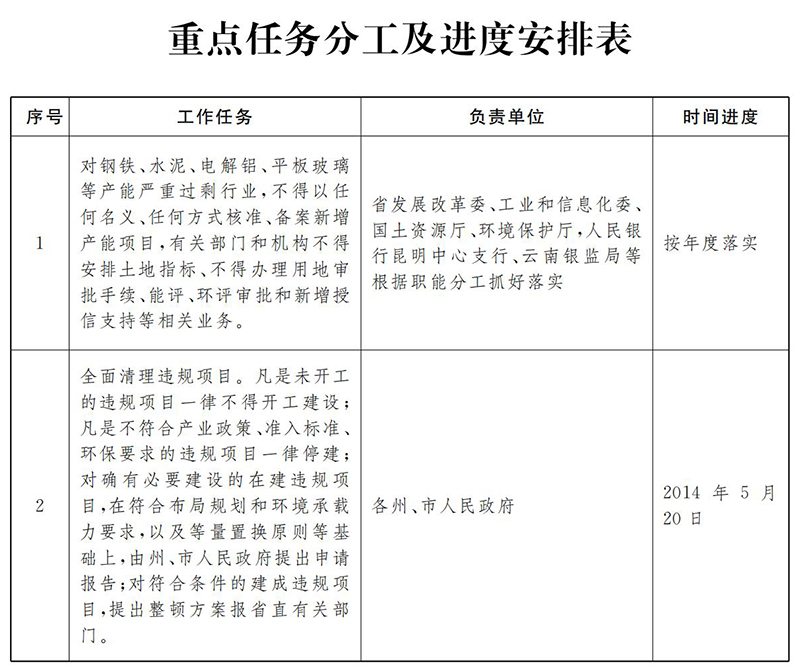
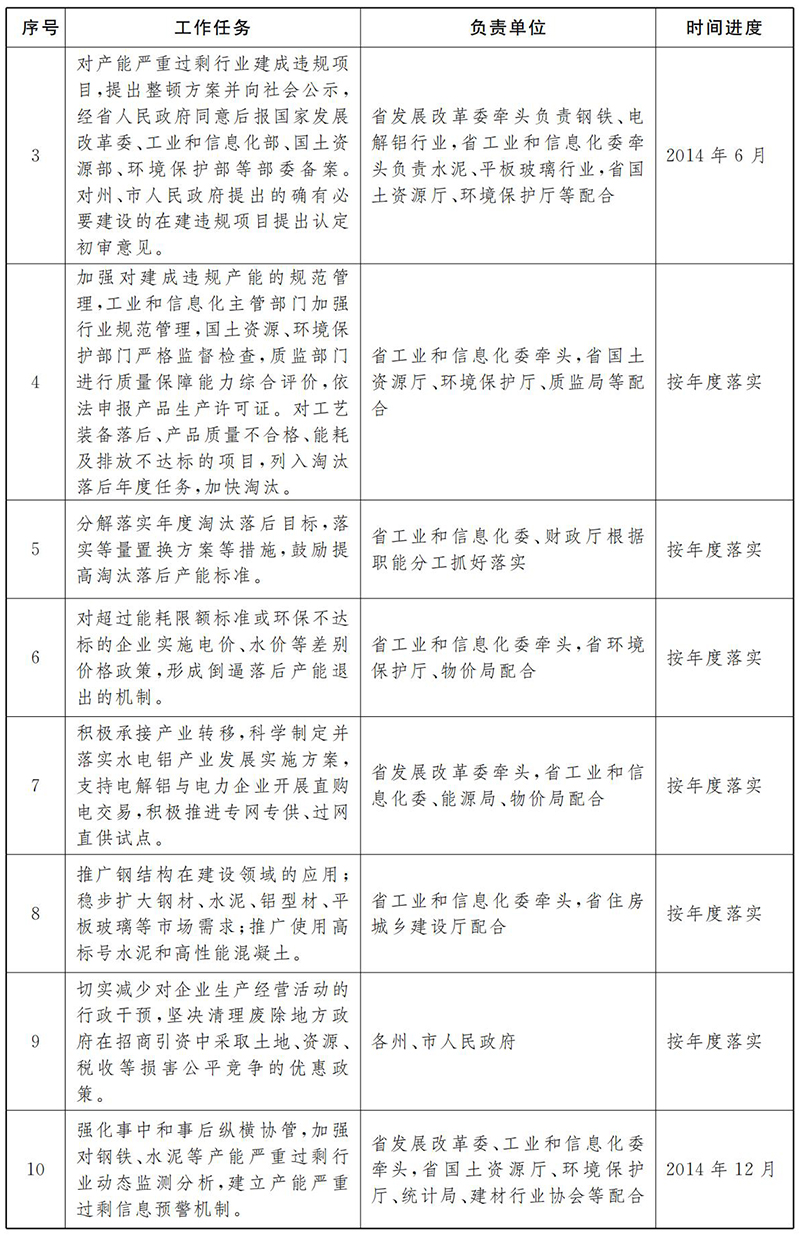
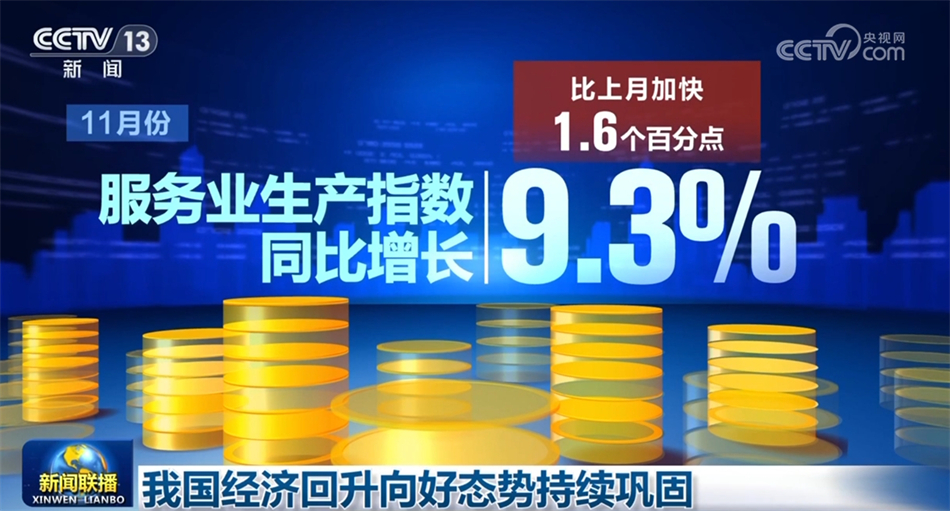
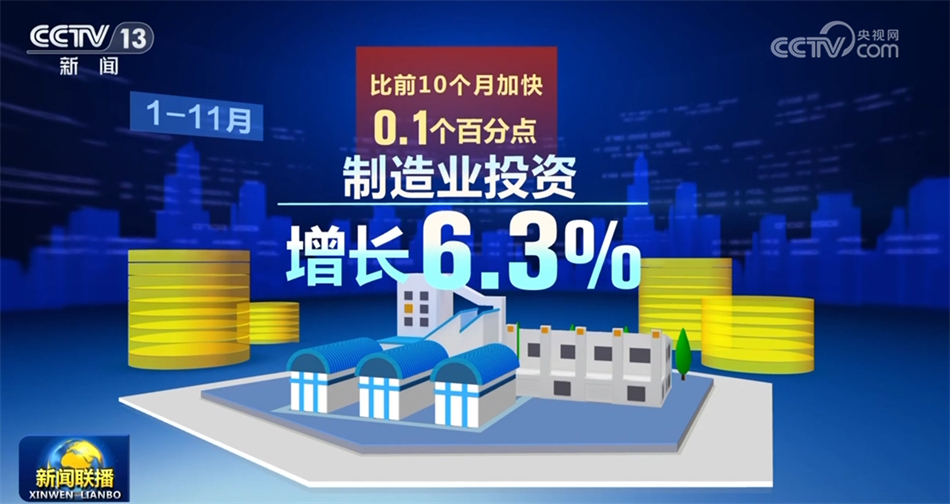
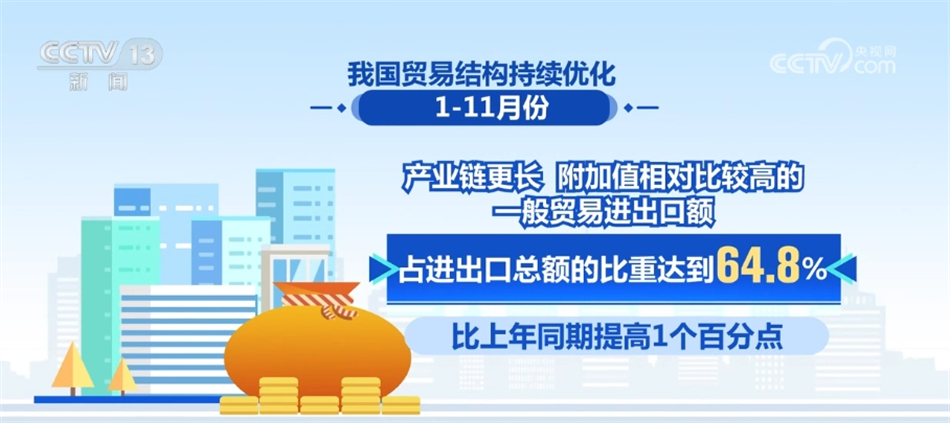
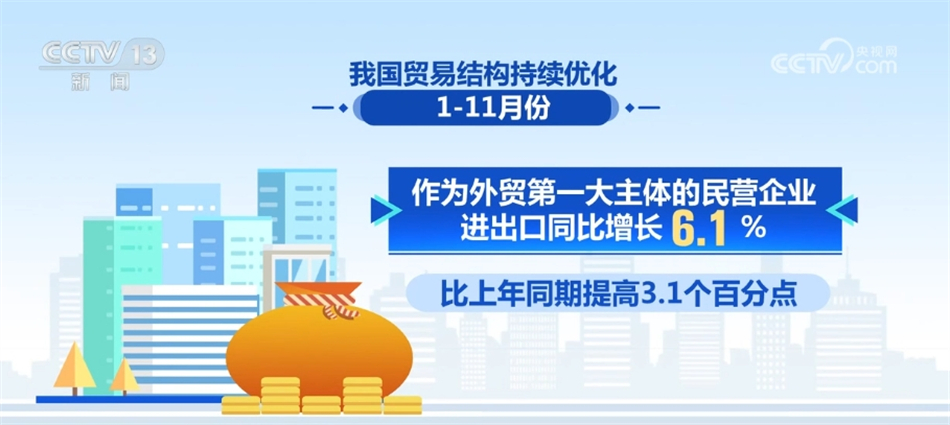
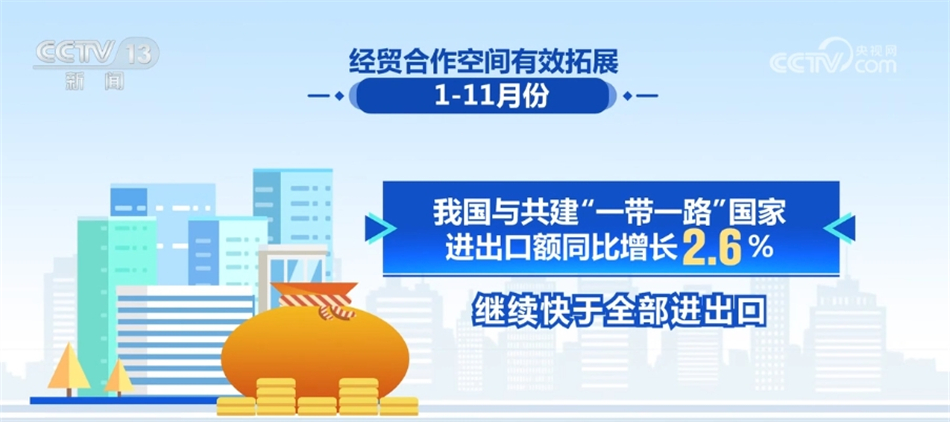
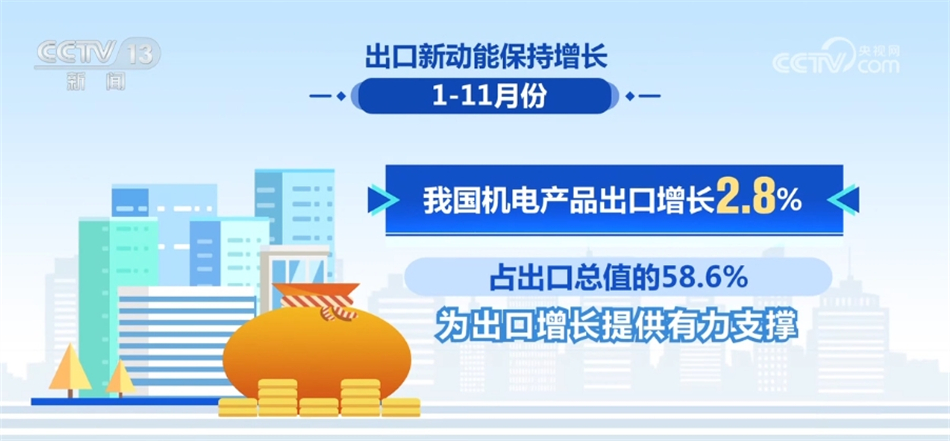
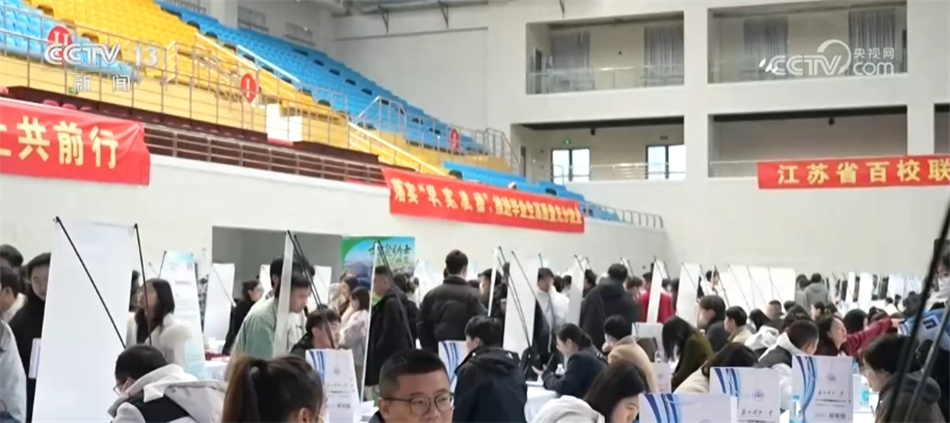
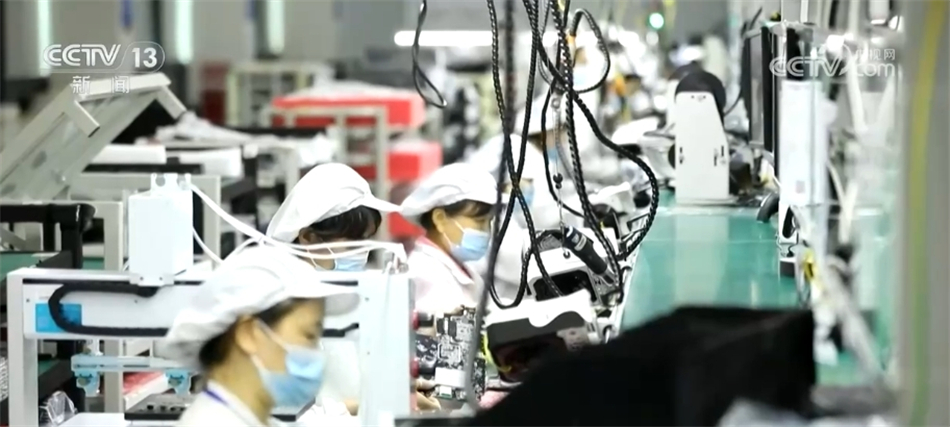
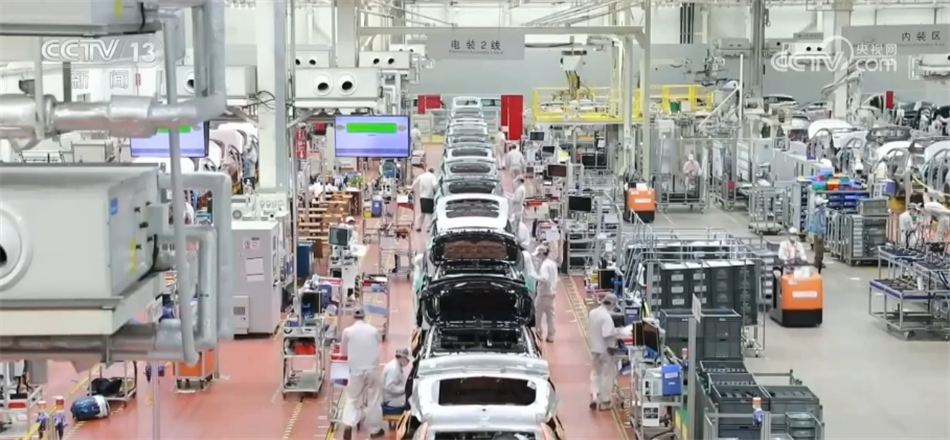
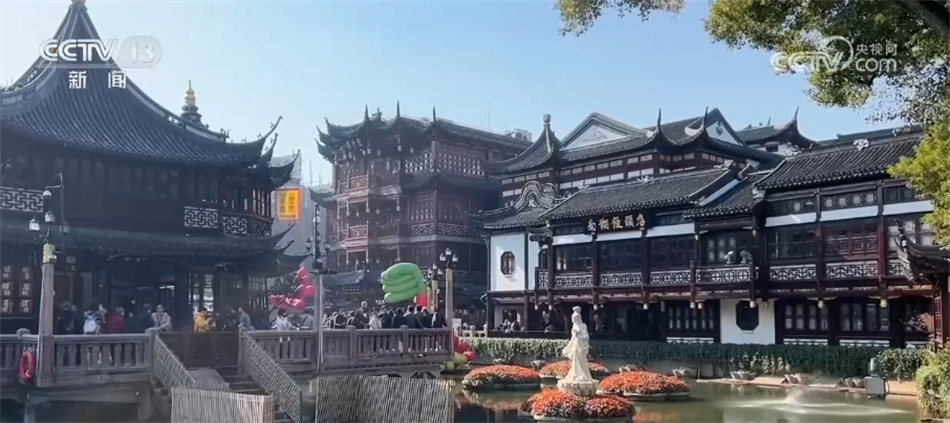
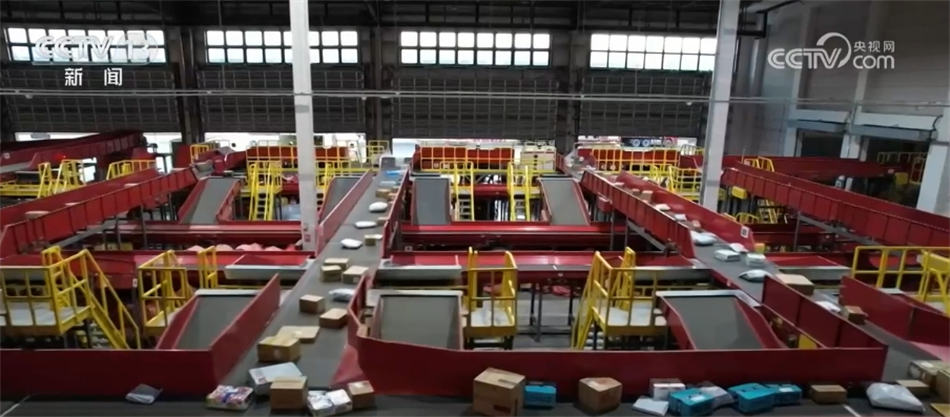
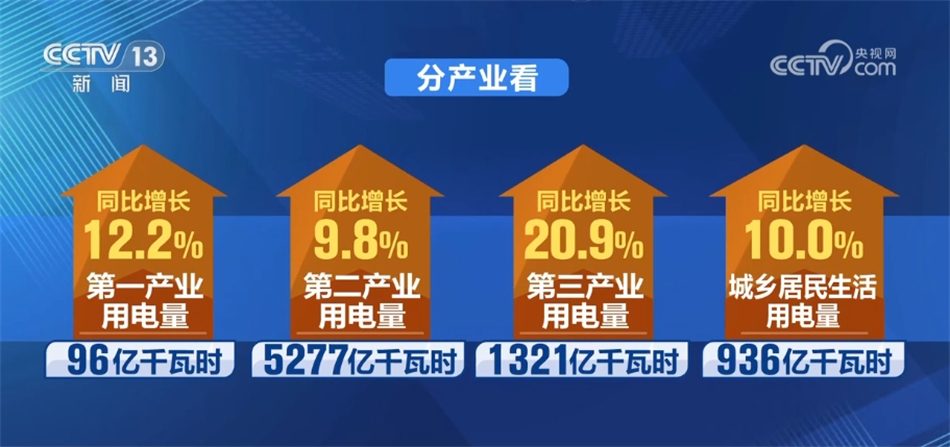
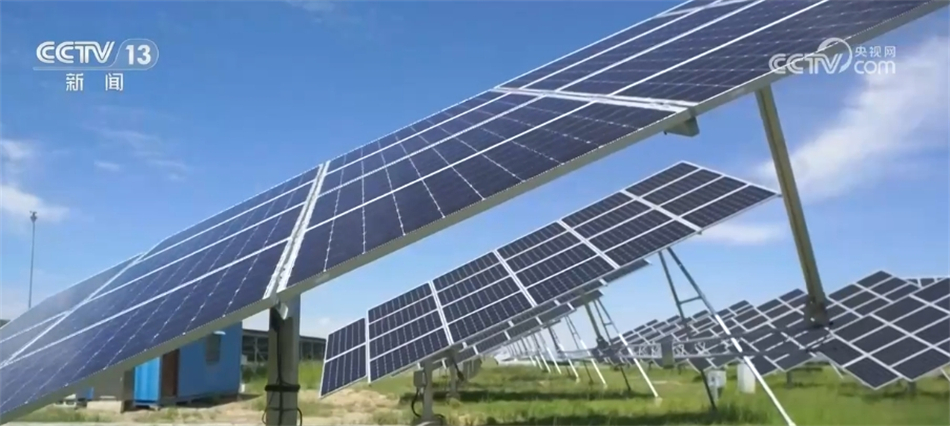
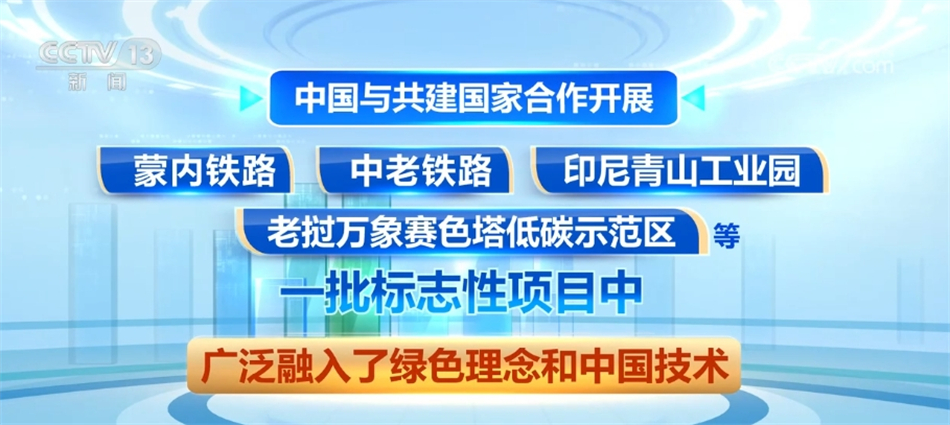
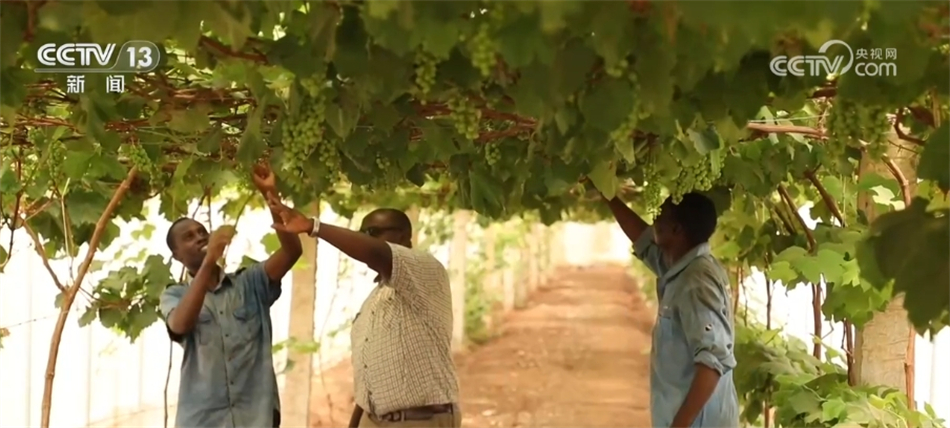
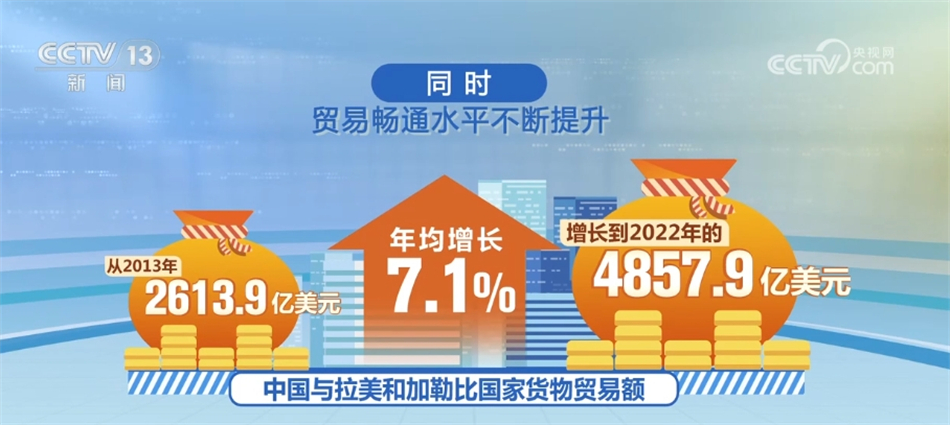
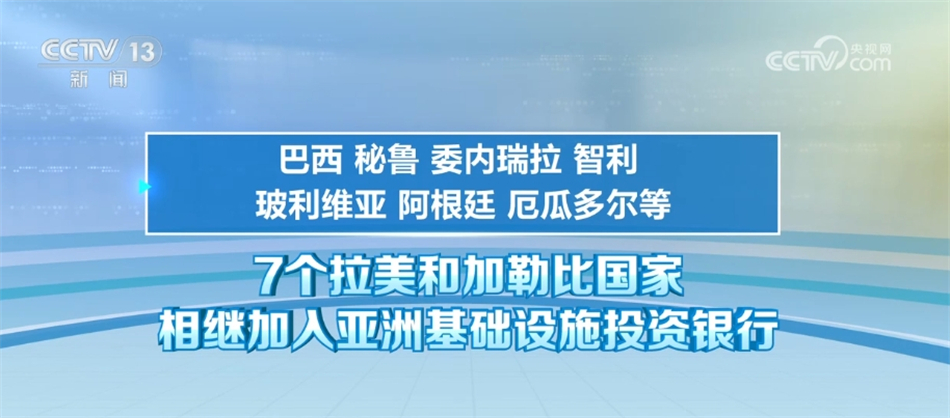
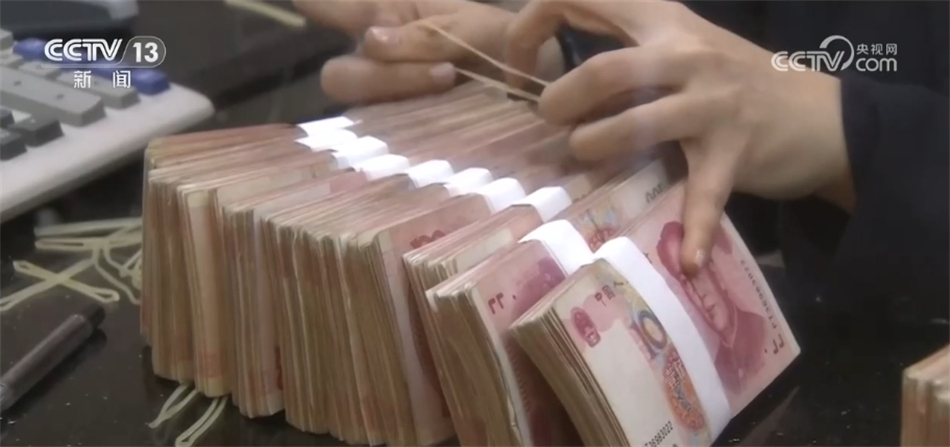
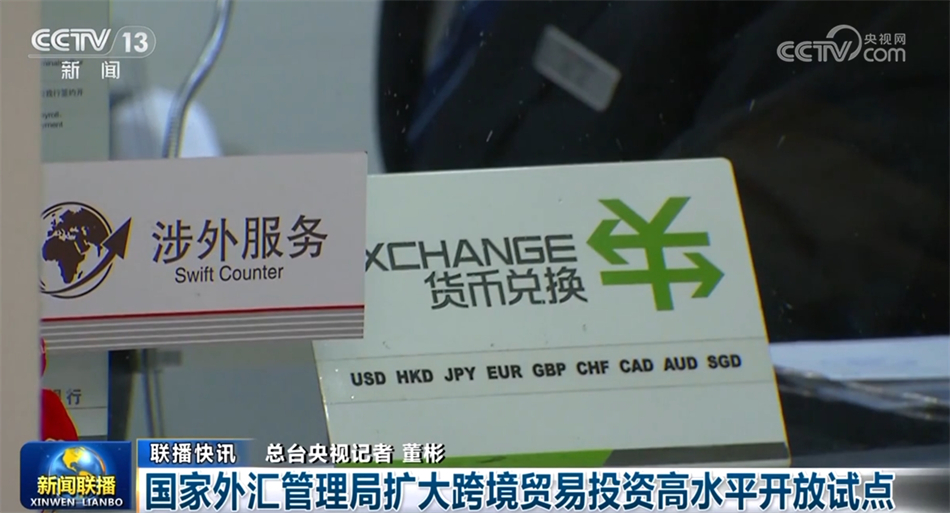
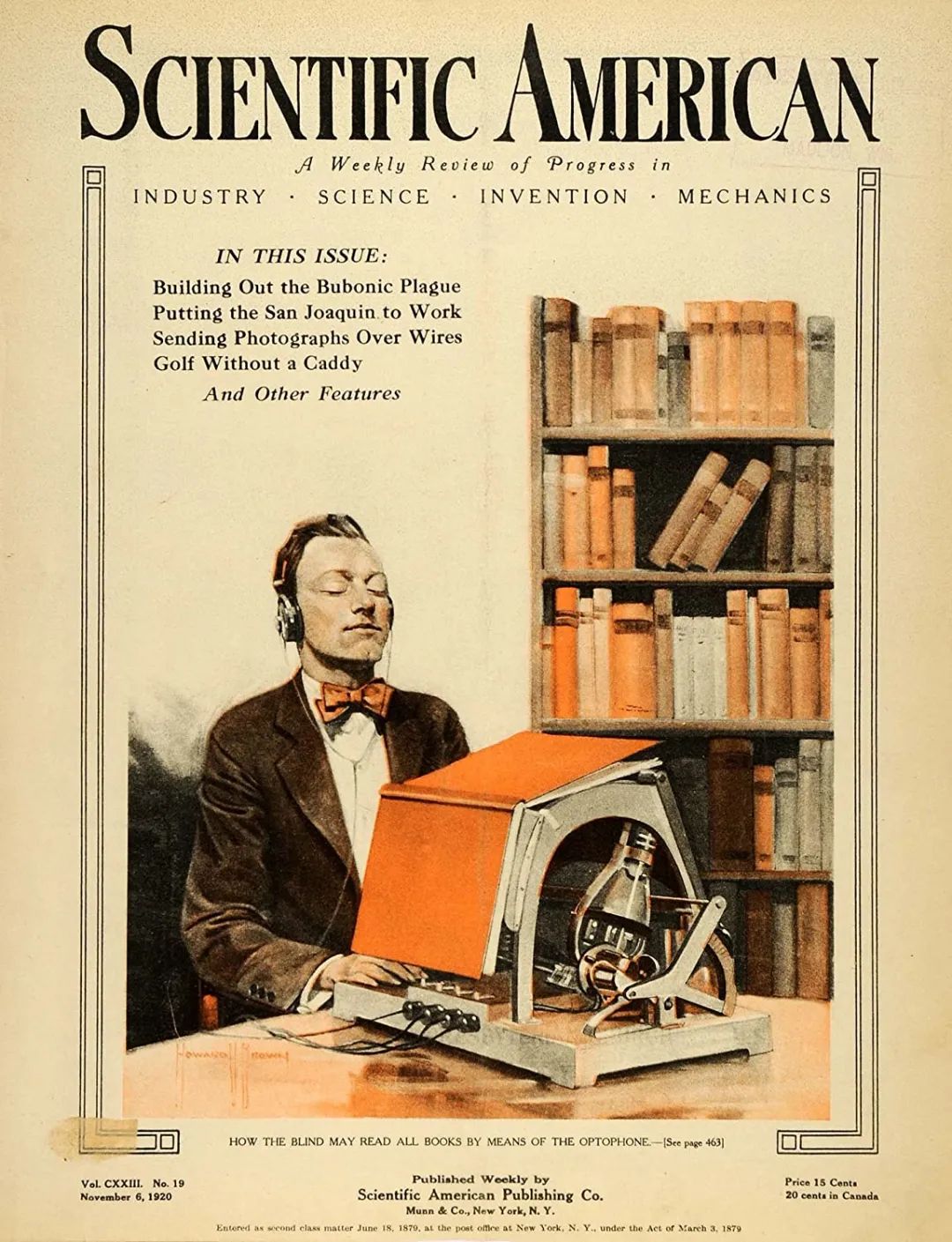
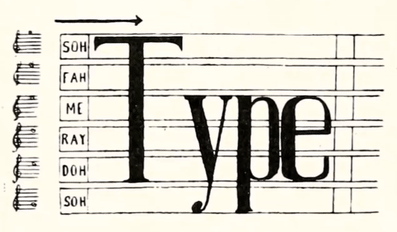
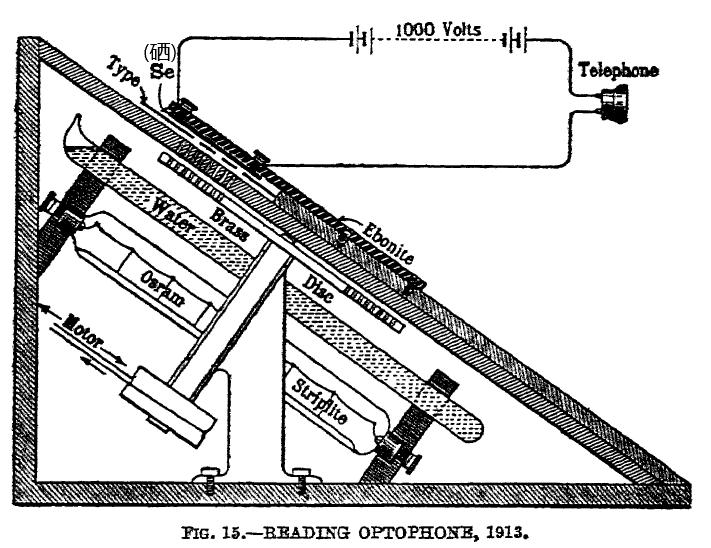
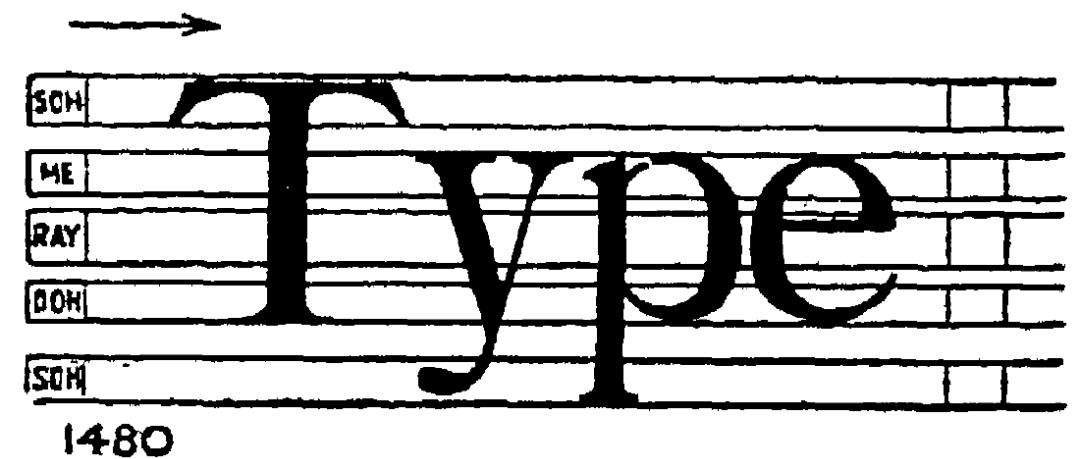
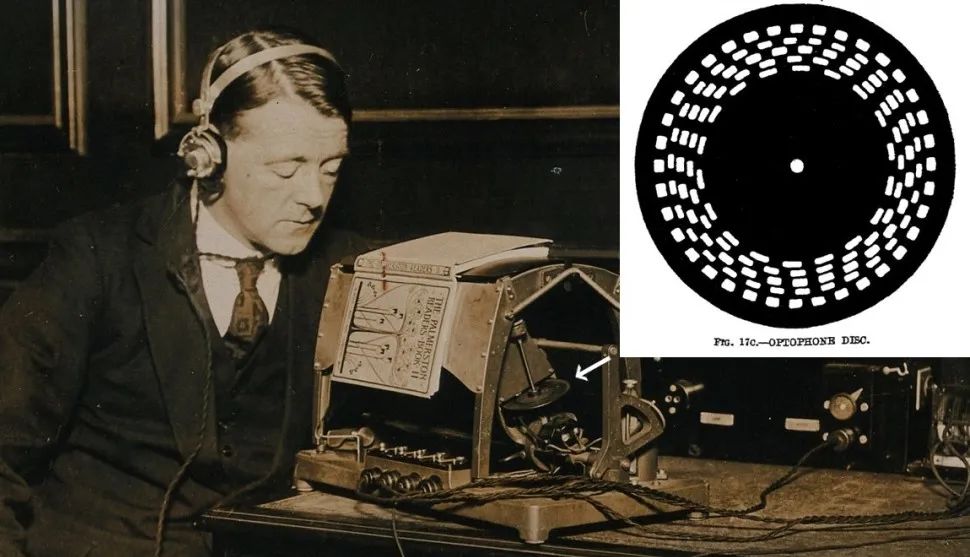

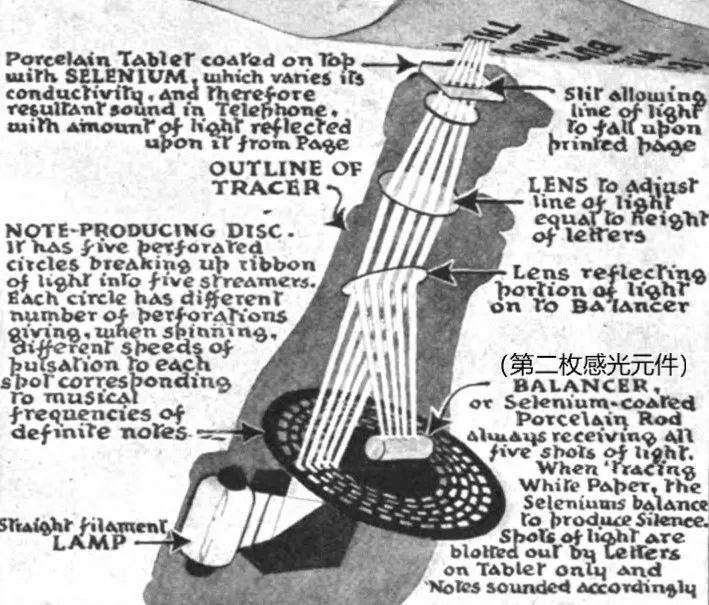
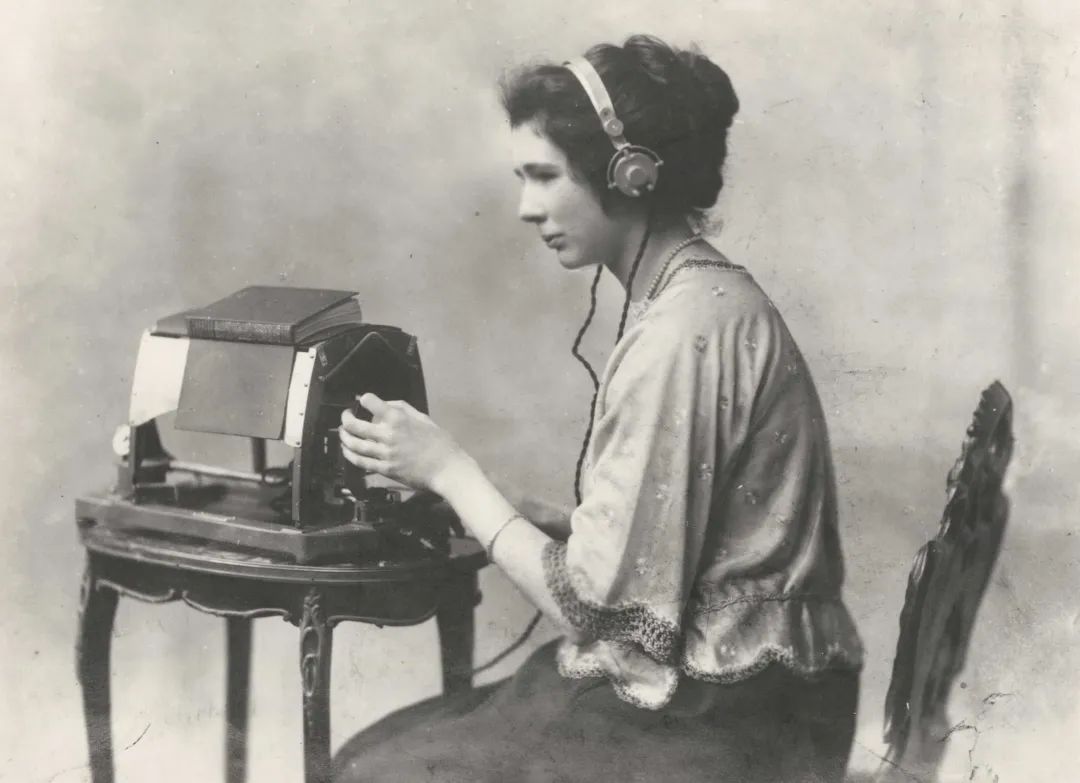
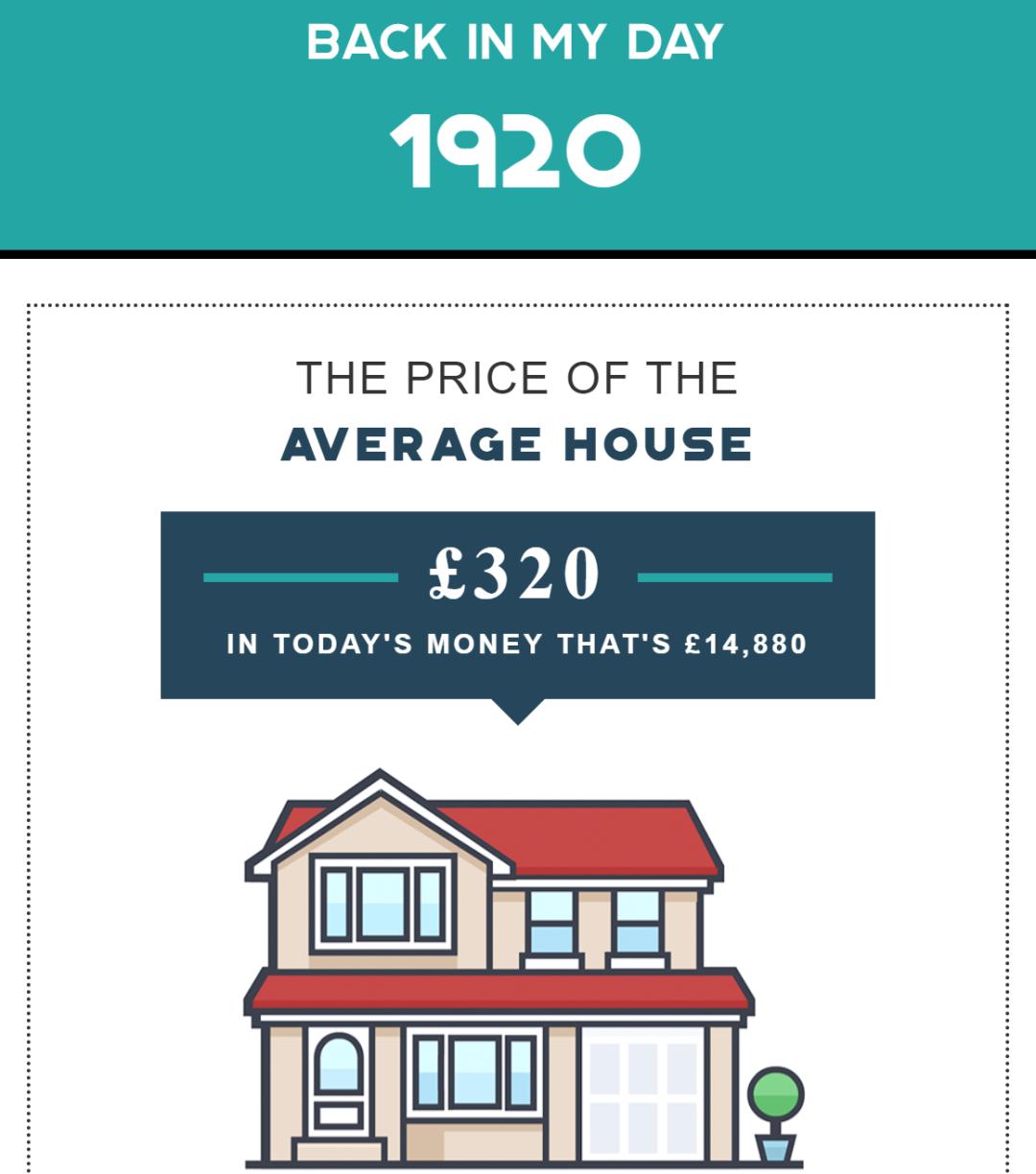


![Galaxy Z Fold8/Flip8 folding mobile phone launched its own OEM chip. It is reported that Samsung will undertake some orders for 2nm chips in Qualcomm. [], 2 ... beautiful''](http://www.xintaishen.cn/wp-content/uploads/2022/01/MnfT14aH.jpg)

